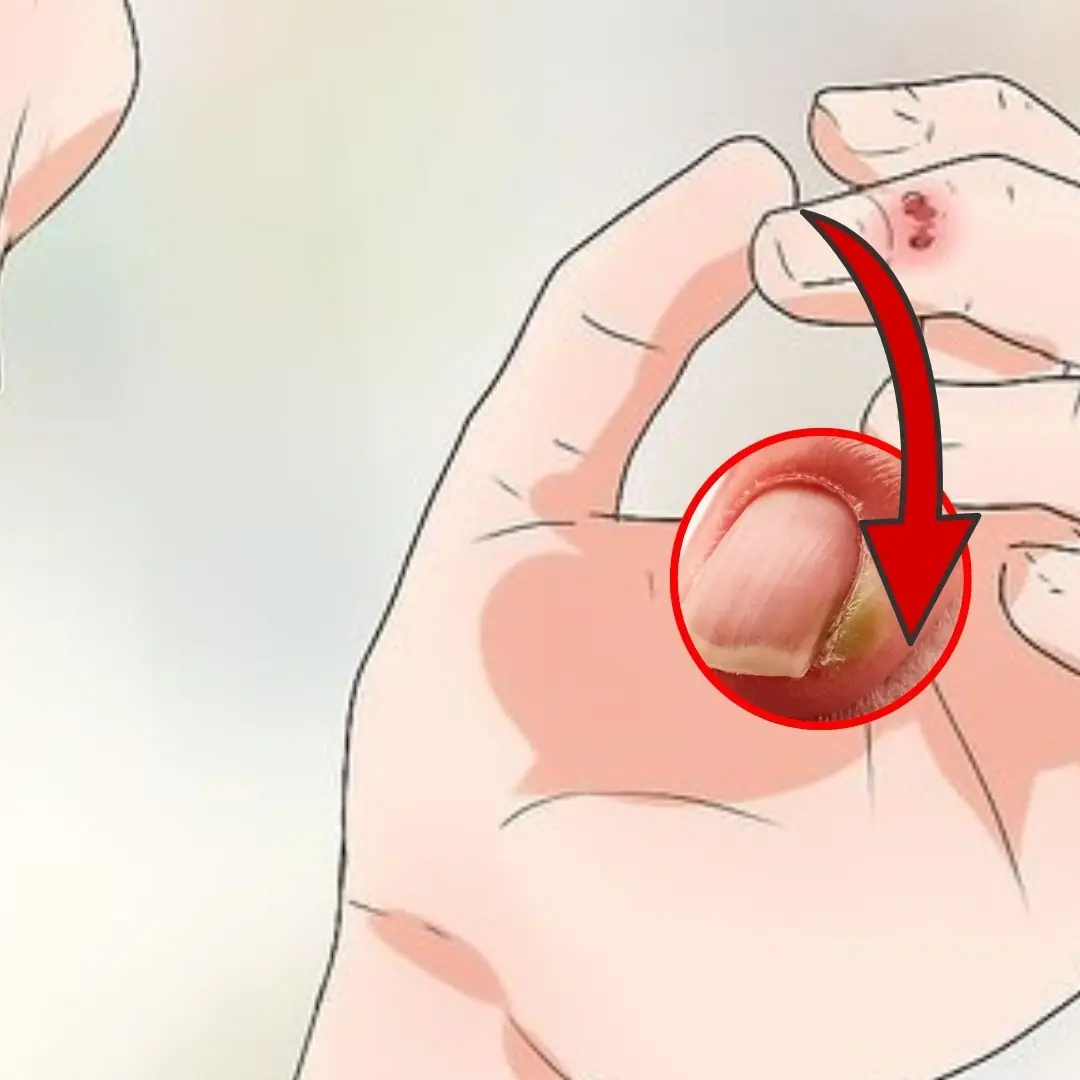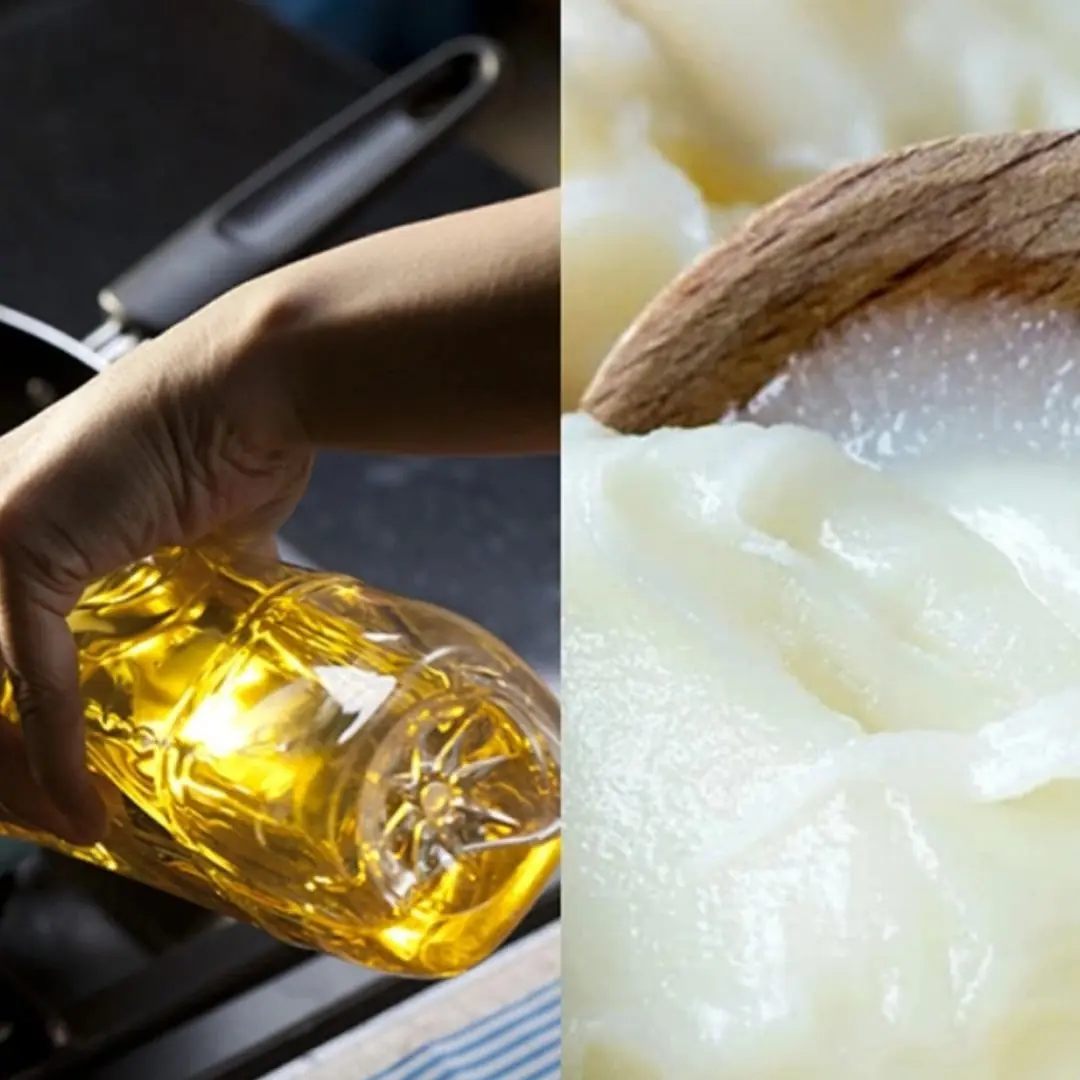
Ever seen red-tipped bananas in Europe? Here’s why they look that way
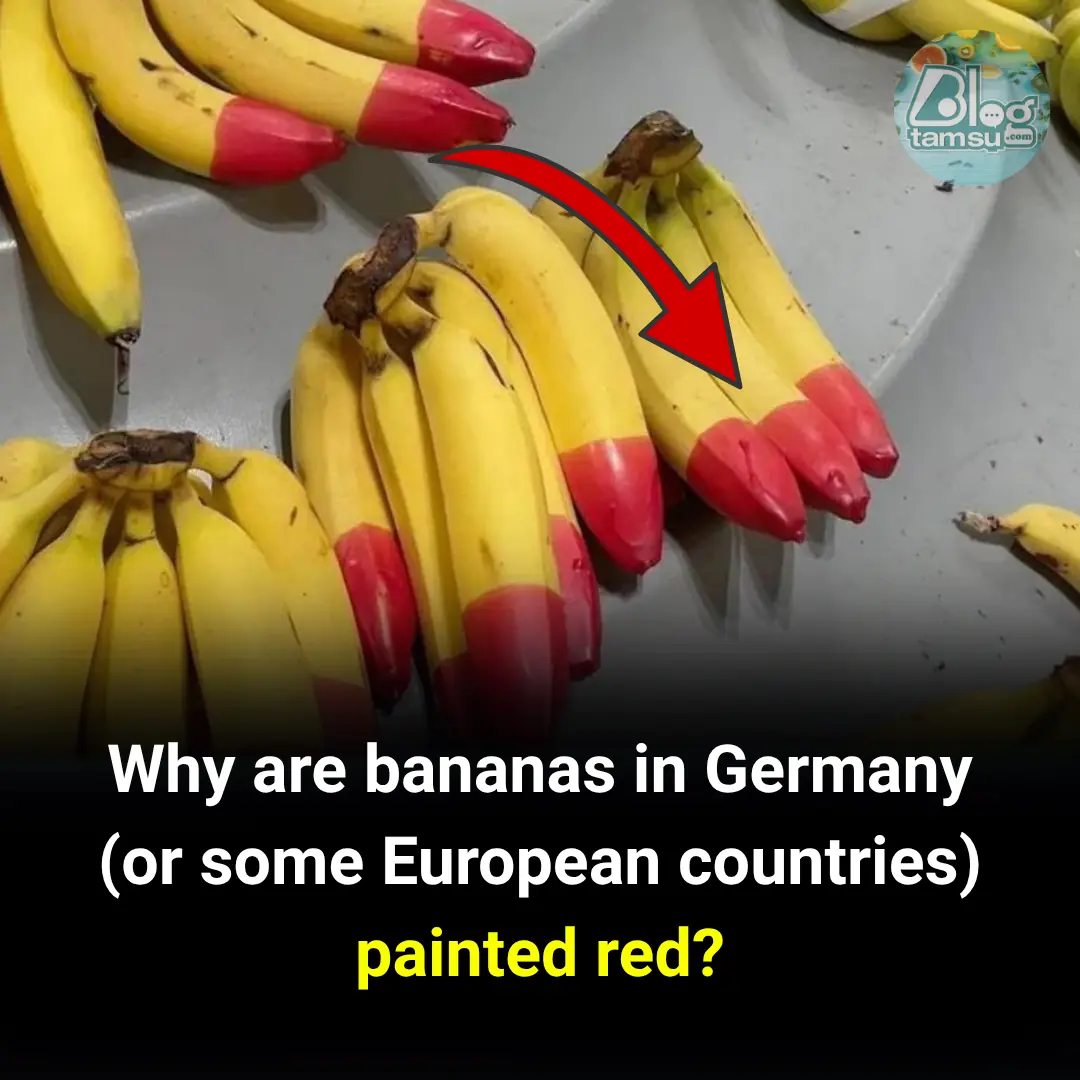
It’s not nail polish or decoration — it’s a marking method using colored wax (usually red) that is commonly used in agriculture and supermarket supply chains, with the following purposes:
✅ 1. To prevent bananas from ripening too quickly
The top stem of the banana (where it’s most exposed to ethylene gas — the gas that triggers ripening) is dipped in red wax or coated with a special substance to slow down the ripening process.
This is a widely used technique to extend shelf life during transport and display.
✅ 2. To identify batches or origin
Each wax color can represent the delivery date, supplier, or the treatment applied (e.g., organic, chemical-free, etc.).
This helps supermarkets manage inventory and expiry dates more efficiently.
✅ 3. To prevent customers from breaking off individual bananas
Some supermarkets prefer that customers buy the whole bunch instead of picking individual bananas.
Applying wax to the tips makes it harder to separate them, helping keep the bunch intact.
⚠️ Is it toxic? Is it edible?
No, it’s not toxic. The red layer is usually food-grade wax, which is safe and doesn’t affect the edible part of the banana.
However, it’s still a good idea to wash your hands after handling the bananas to avoid transferring the wax to your mouth or other food.
In summary:
The “red-tipped” bananas in the photo are a result of preservation and labeling techniques — not nail polish or decoration tricks.
This practice is quite common in large supermarkets across Europe, such as in Germany, the Netherlands, or Switzerland.
News in the same category


Can a plane in the sky be struck by lightning? Are the passengers inside safe?

When You Propose, Why Do You Get Down On One Knee? Exploring The Tradition Behind The Romantic Gesture
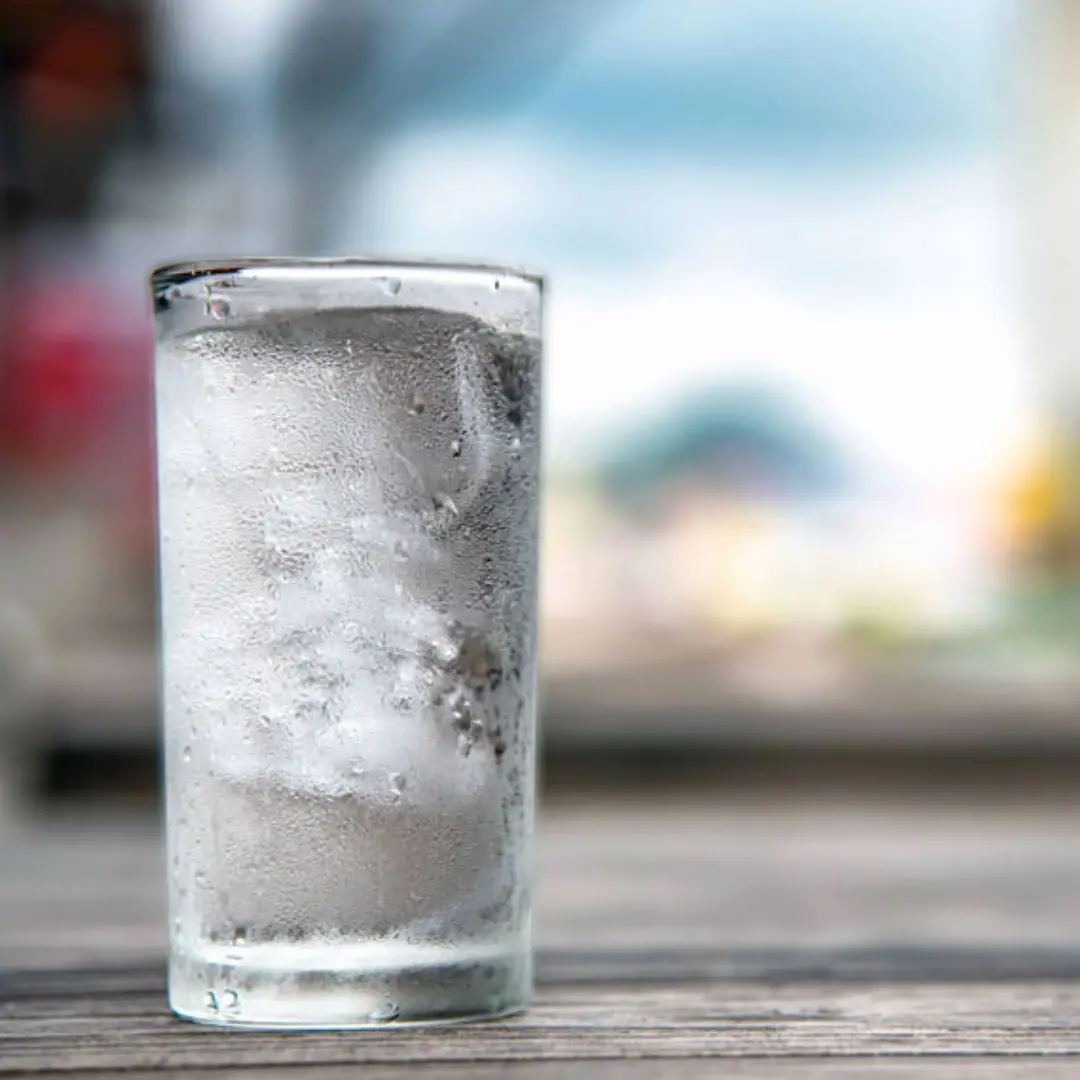
Drinking cold water at these 5 times can easily cause illness, no matter how much you like it, you should stay away from it

8 Early Signs of Mild Kid.ney Failure That Many People Ignore

Drinking Fresh Ginger Juice in the Morning Offers 5 Special Benefits
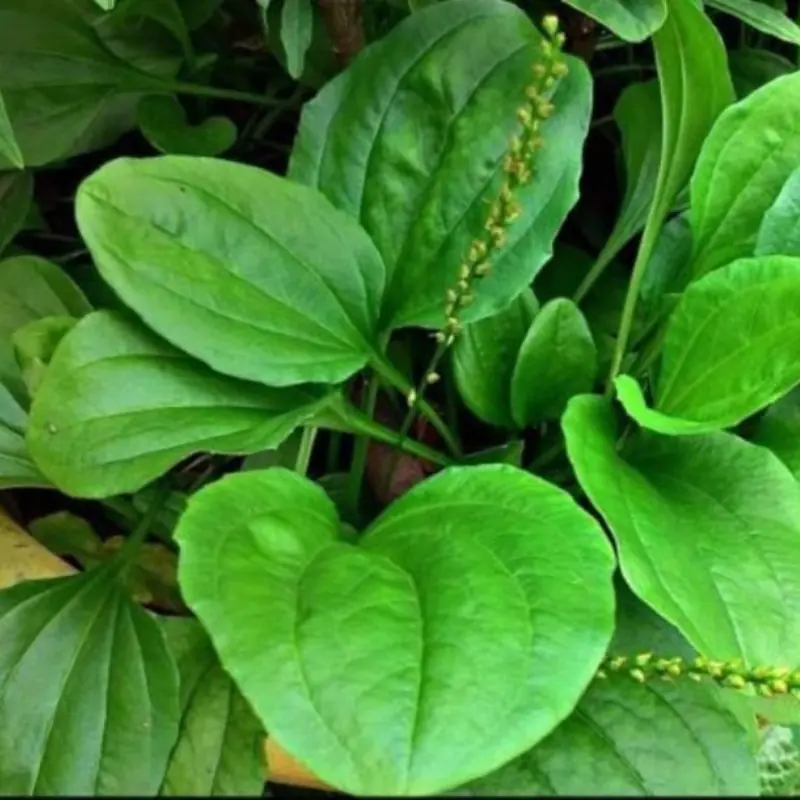
4 familiar traditional leaves that help de.t.o.x and cleanse the lu.ngs

Top 5 Everyday Foods That Help Women Reduce Excess Fat After 40

Avoid These 3 Mistakes That Waste Electricity and Harm Your Health
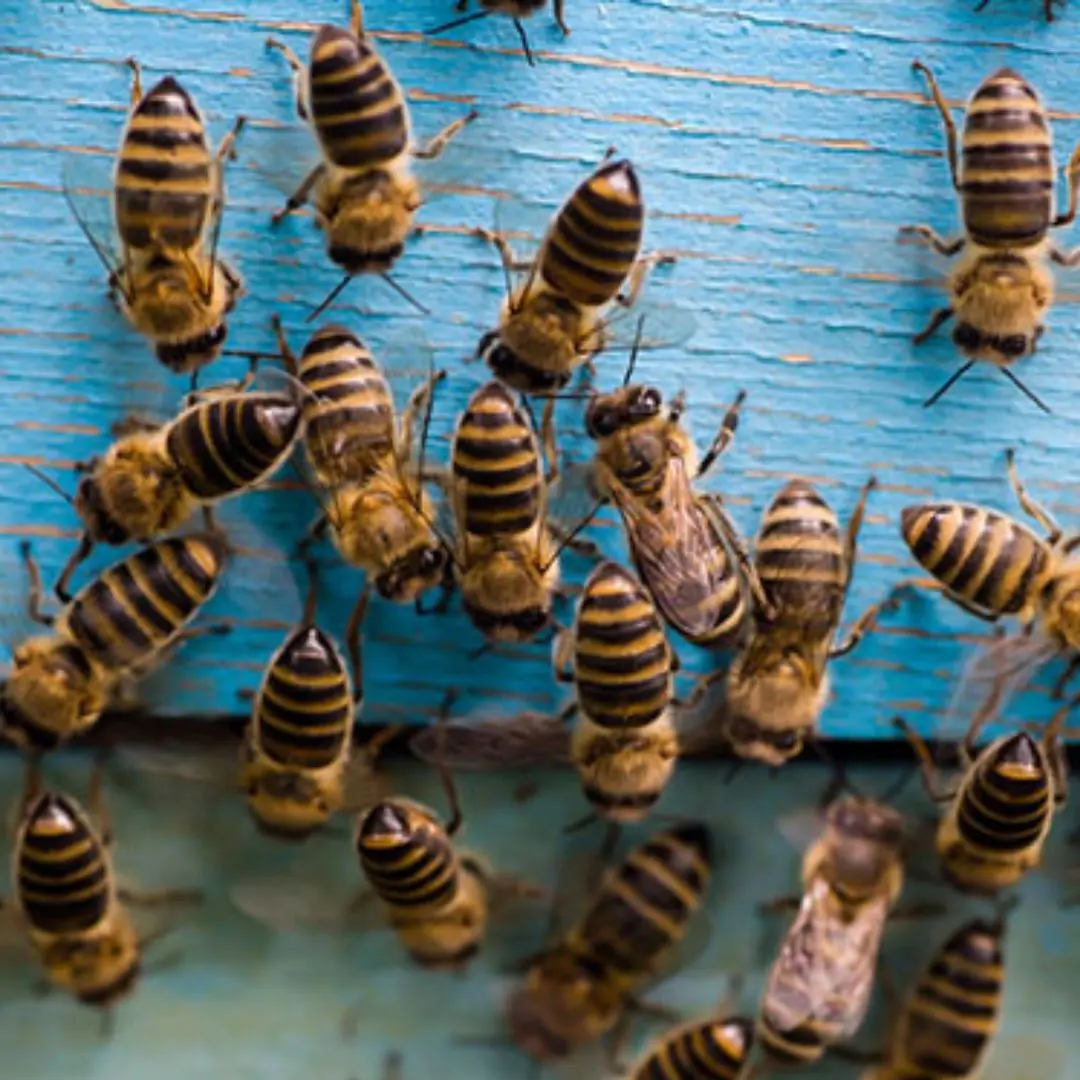
Is Your Home a Hidden Hive? 5 Signs of a Bee Infestation

Cooking Rice with Hot or Cold Water?

The Unpleasant Truth: 5 Familiar Items That You Think Are Clean But Are NOT, The Dirtiest Is Number 4 That Everyone Uses

Thy.roid Can.cer Is a Silent Threat: 6 Groups of People Are at Higher Risk and Must Be Cautious
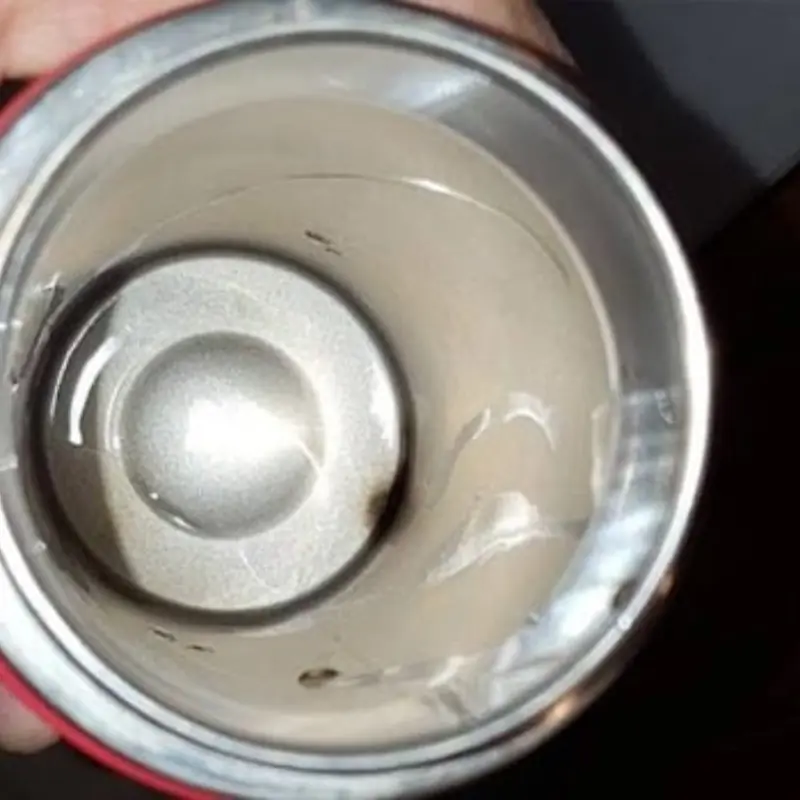
Warning: The Cup Many People Use to Drink Water Every Day Is No Different from “Drinking Poison”
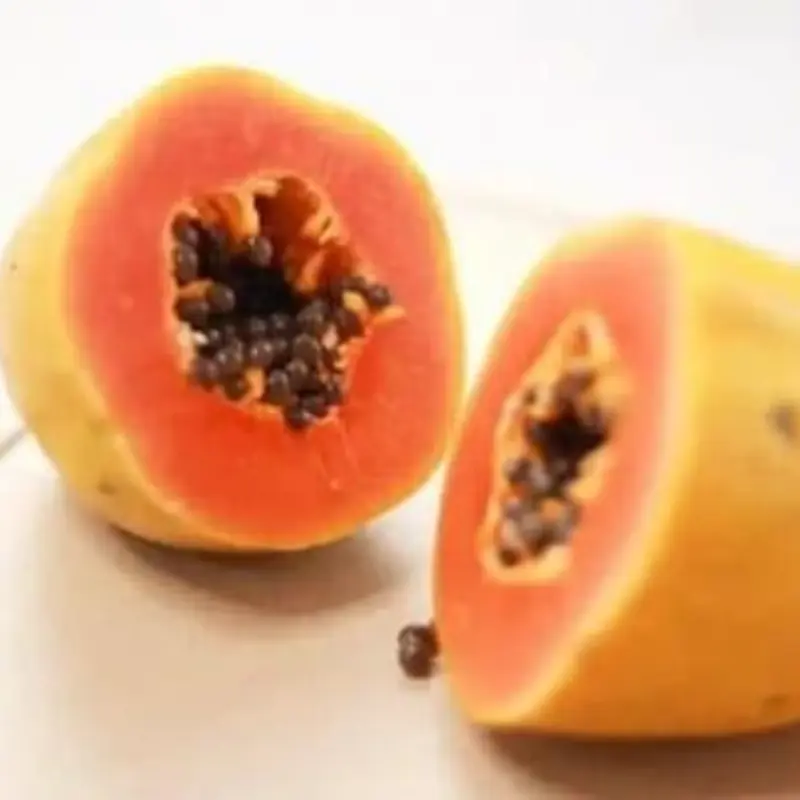
Eat These 5 Foods to Cleanse and Detox Effectively Every Day

5 earliest signs of cer.vical can.cer: 90% of women tend to ignore them
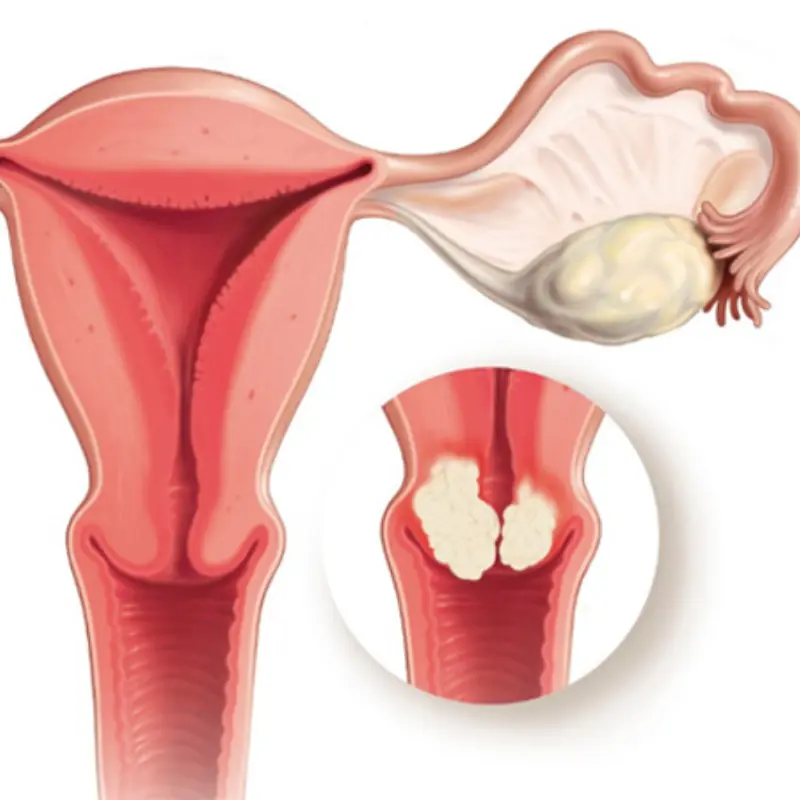
Women Who Frequently Eat These 5 Foods May Be Harming Their Uterus and Feeding Cancer Cells Without Knowing It
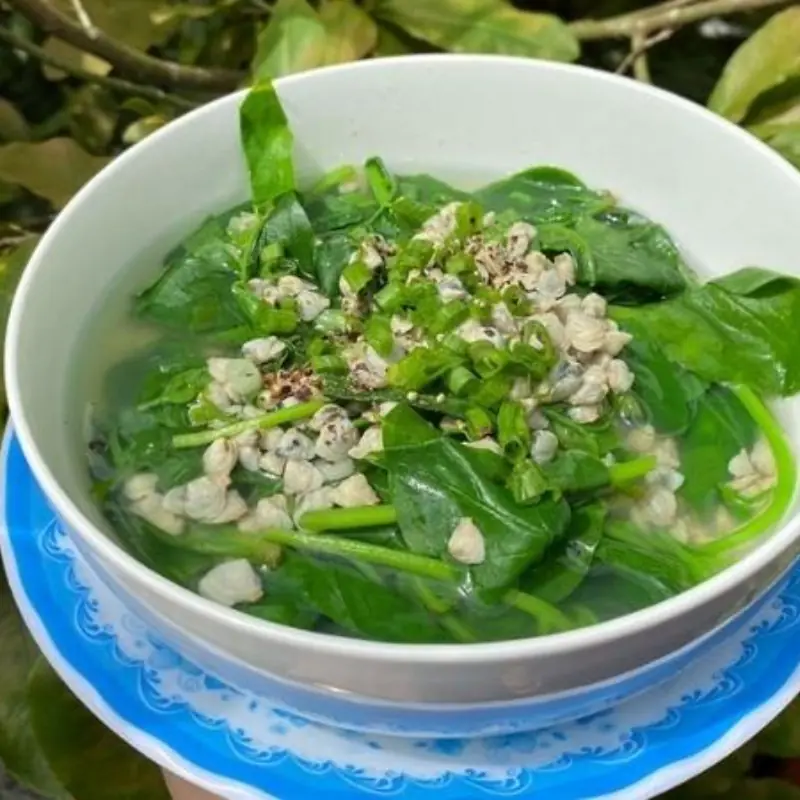
3 Calcium-Rich Vegetables That Are Almost Pesticide-Free

Why do 99% of cats sleep on their left side?
News Post

Is it healthier to use cooking oil or lard?

Can a plane in the sky be struck by lightning? Are the passengers inside safe?

Tsunami and its warning signs, essential for those who often go to sea
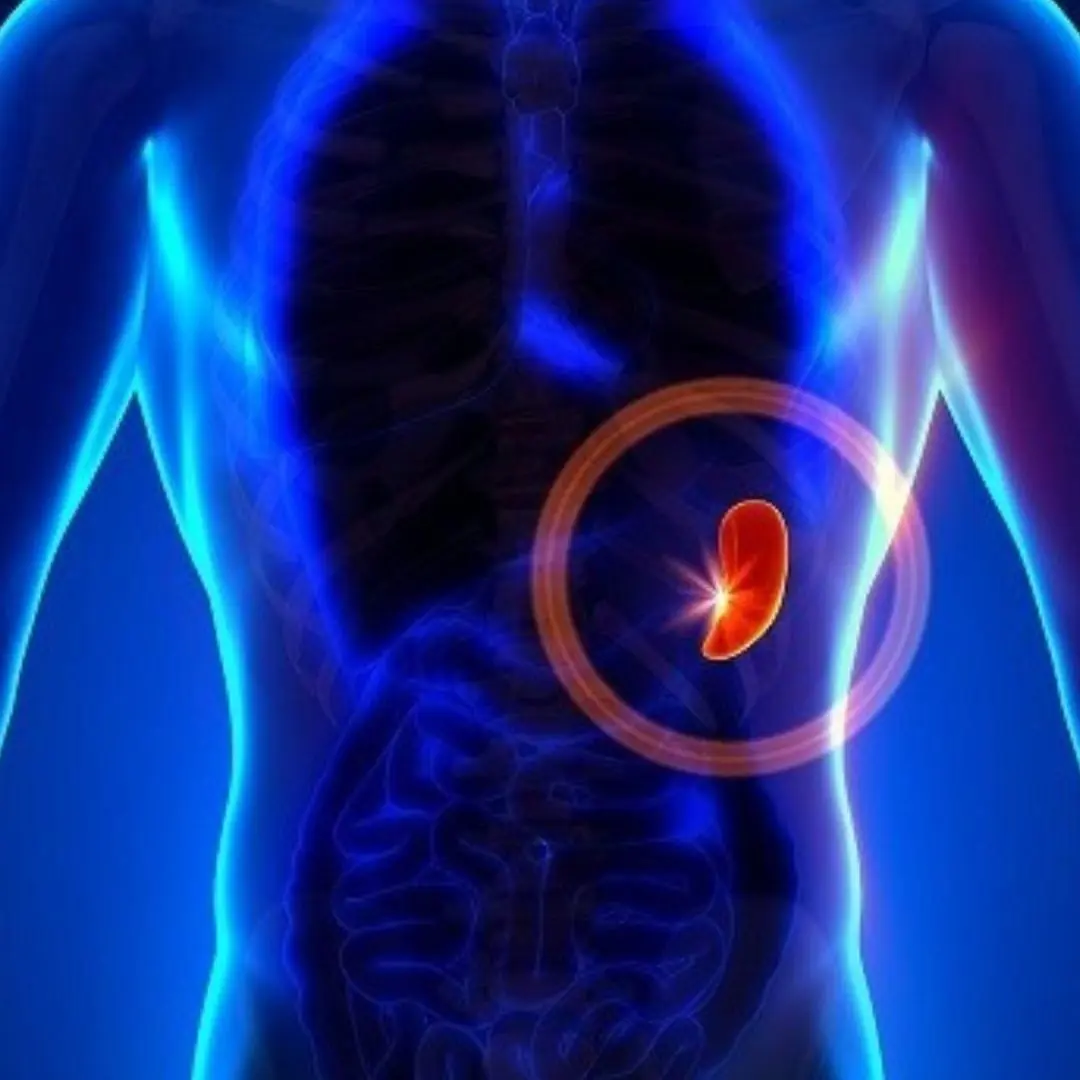
Spleen Cancer: A Rare But Dangerous Disease – You Need To Know!

When You Propose, Why Do You Get Down On One Knee? Exploring The Tradition Behind The Romantic Gesture

Drinking cold water at these 5 times can easily cause illness, no matter how much you like it, you should stay away from it

Achy Mornings? Here’s What Your Body’s Trying to Tell You — And How to Fix It

8 Early Signs of Mild Kid.ney Failure That Many People Ignore

Drinking Fresh Ginger Juice in the Morning Offers 5 Special Benefits

4 familiar traditional leaves that help de.t.o.x and cleanse the lu.ngs

Top 5 Everyday Foods That Help Women Reduce Excess Fat After 40

5 Pancreatic Can.cer Symptoms Often Mistaken for Sto.mach Issues

5 Types of Drinks That Can Harm Your Liv.er and Kid.neys at Night
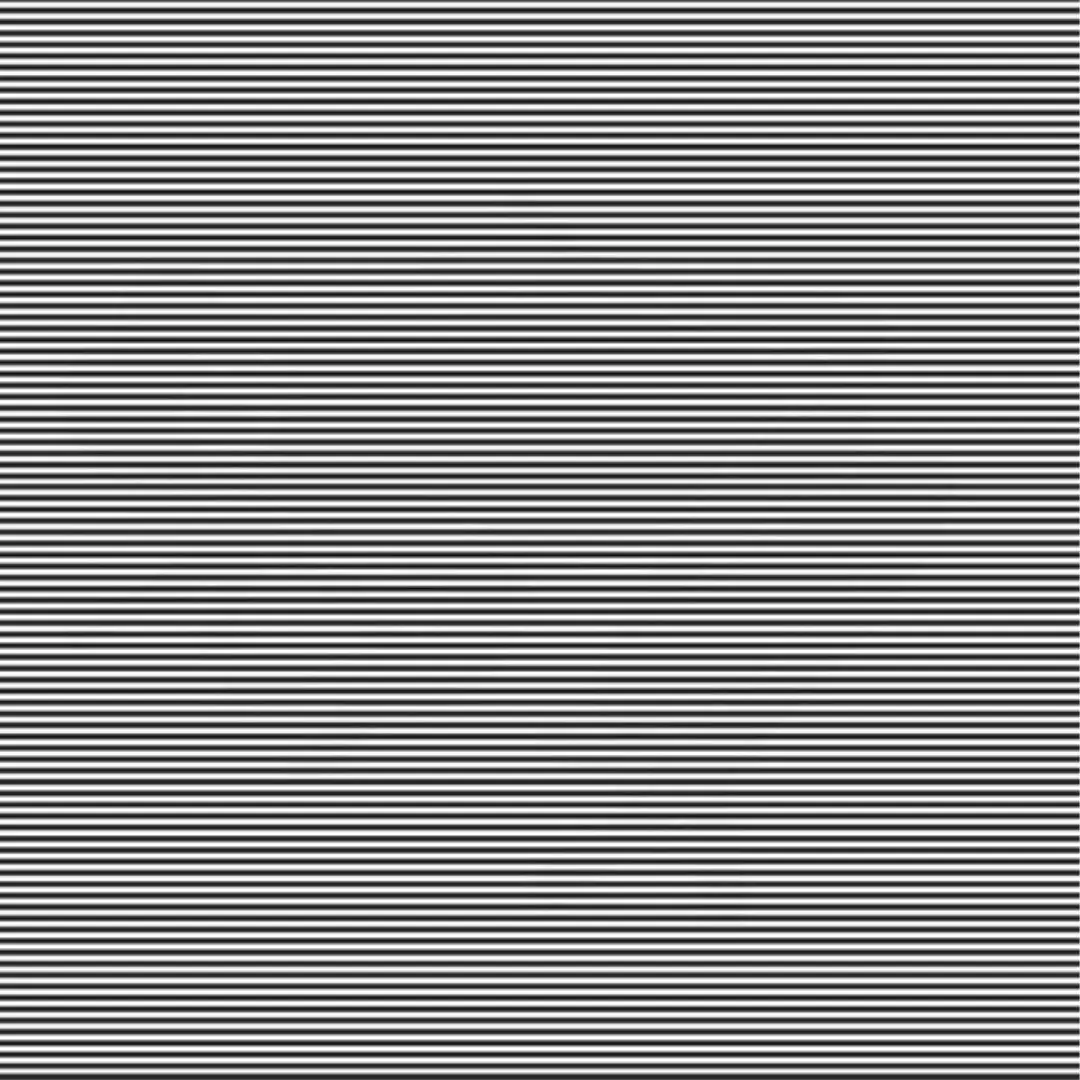
Squint your eyes and guess what animals are hiding behind these illusions

Avoid These 3 Mistakes That Waste Electricity and Harm Your Health
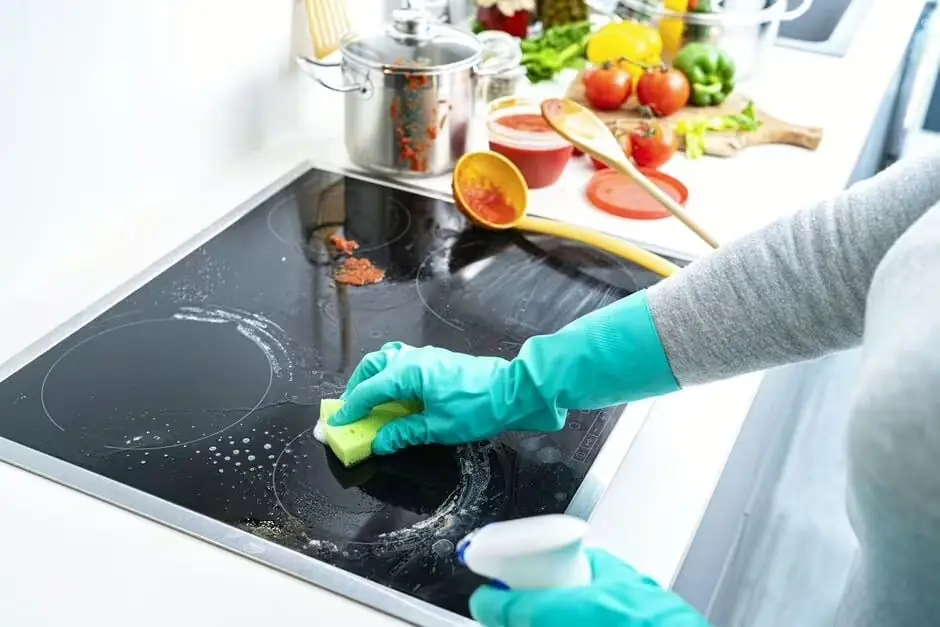
The secret to removing stubborn stains on glass stovetops without scratching the surface
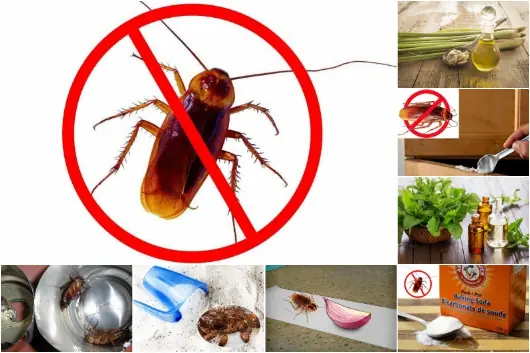
A Dirt-Cheap Kitchen Item Is the Ultimate Cockroach Kil.ler
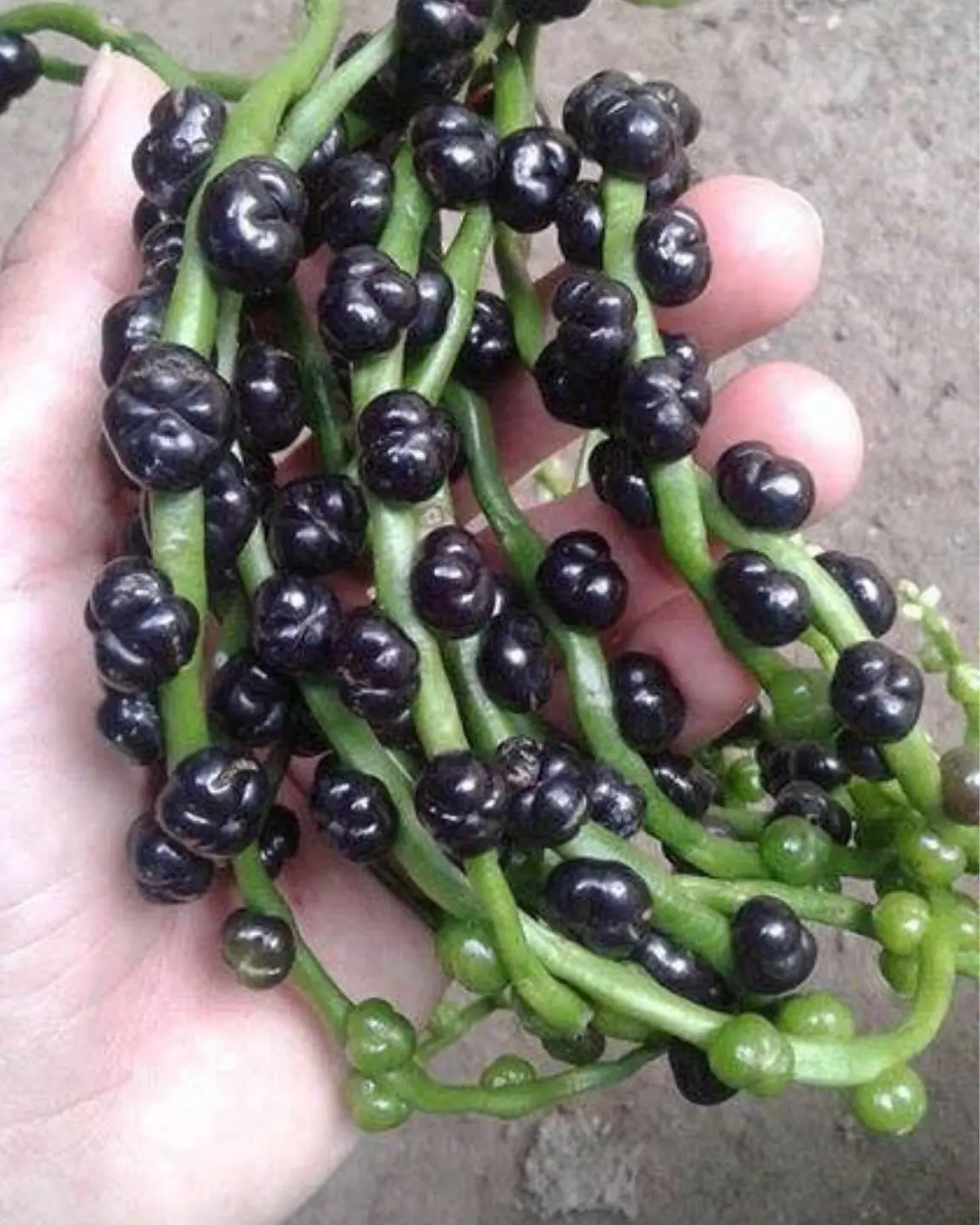
Only 1% of people guess correctly this fruit associated with childhood – are you one of them?
